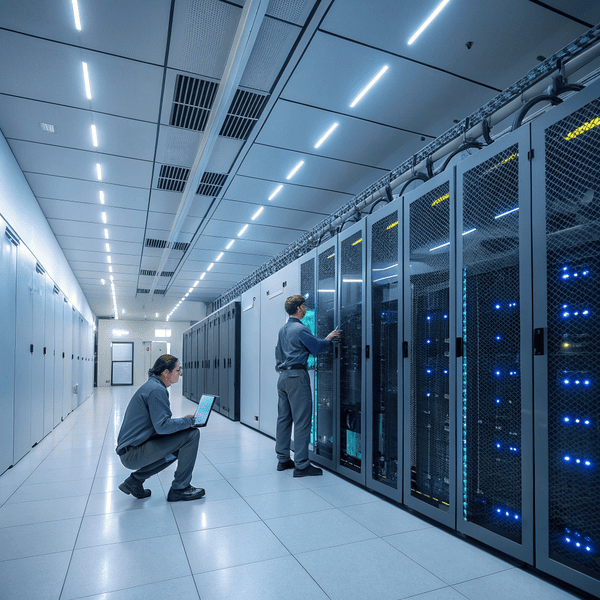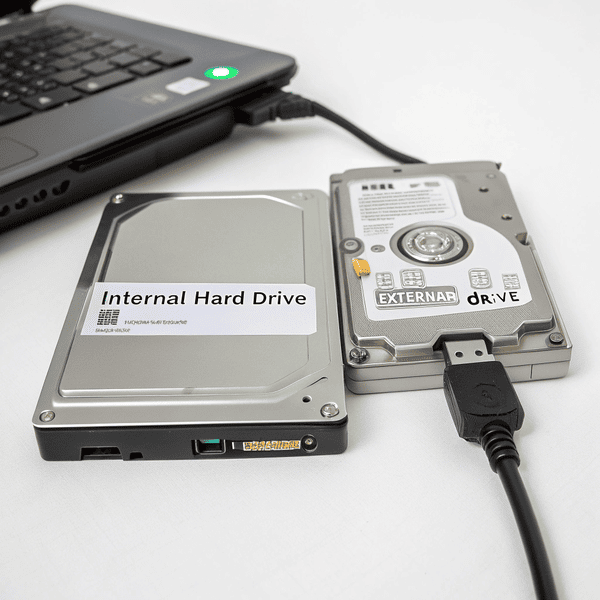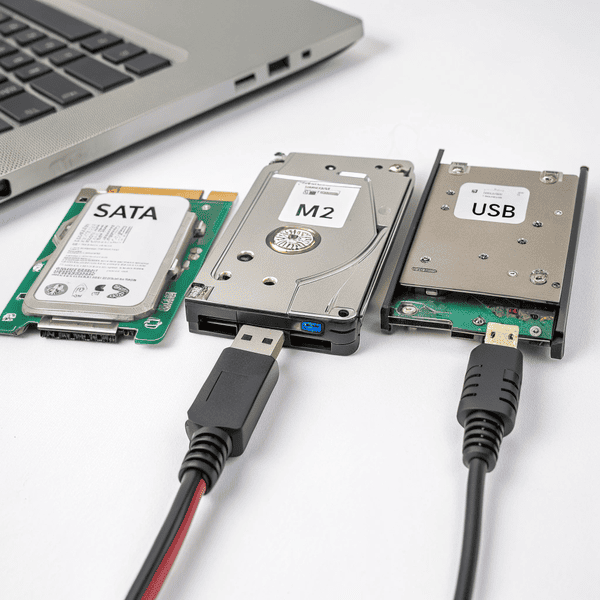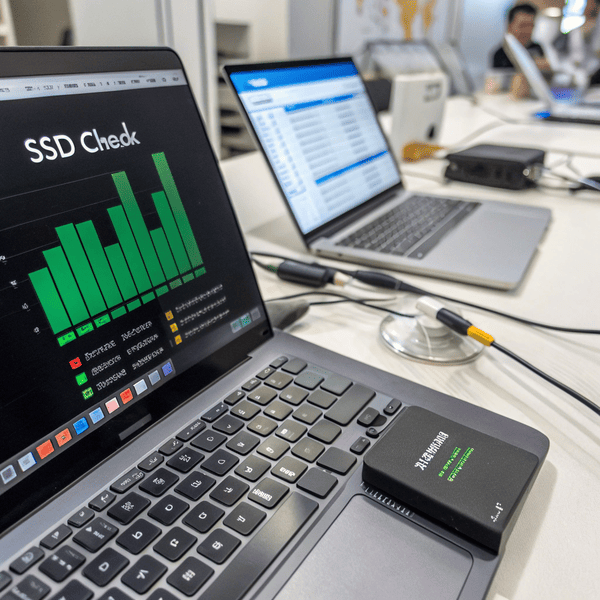A data center looks organized from the outside, but inside, wasted space can become a nightmare, quickly turning a planned setup into a cramped, inefficient mess.
The racks and servers take up the most space in a The racks and servers take up the most space in a data center. These hardware units, along with the need for clear pathways for cooling and maintenance[^1], dominate the floor plan of any major facility.
[^1]: Understanding cooling and maintenance strategies is crucial for the longevity and performance of your data center.
. These hardware units, along with the need for clear pathways for cooling and maintenance, dominate the floor plan of any major facility.
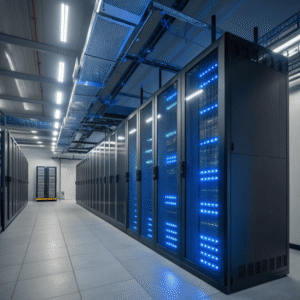
Walking through the aisles of a data center for the first time, I could not believe how much space is taken up by endless racks of servers and wired trays. Each section needs clearance for airflow and for people to work, which keeps usable space feeling tight. It’s natural to assume it’s just servers, but the room for cooling systems, battery banks, and the tangle of cable trays soon adds up. The floorspace is precious, but you realize quickly: the layout is about more than just hardware, it’s about managing heat, cables, and maintenance needs, too.
What consumes the most energy in a data center?
It is natural to worry about power usage when bills skyrocket. Seeing rows of blinking lights, it is clear why energy demand is always a problem.
Cooling systems consume the most energy in a data center[^1]. Keeping servers at safe temperatures often uses as much or more power than running the servers themselves.
[^1]: This resource provides essential strategies to enhance energy efficiency, crucial for optimizing data center operations.
consume the most energy in a data center. Keeping servers at safe temperatures often uses as much or more power than running the servers themselves.

When I first analyzed our utility bills, I saw how cooling even a medium-sized room burned through megawatts. Air conditioners and chillers work all day to pull heat out of the server aisles. Even with newer, more efficient systems, cooling still matched server power consumption. Below is a simple overview of main energy users in a typical data center:
| Component | % of Total Energy | Why It's Needed |
|---|---|---|
| Cooling Systems | 35-45% | Keeps equipment from overheating |
| Servers/IT Hardware | 40-50% | Runs critical applications |
| Power Conversion | 5-10% | UPS, inverters for safe power |
| Lighting/Other | 2-5% | Safety and operations |
If cooling fails, servers overheat, and then everything stops. That is why, in every data center I worked in, cooling gets top attention.
What is the most expensive part of a data center?
Budget meetings can make anyone nervous. The sheer scale of costs involved in setting up or upgrading any data center will surprise even industry veterans.
The The IT hardware—mainly servers and storage—are the most expensive parts of a data center[^1]. These assets require significant upfront investment, often making up over half of the total build cost.
[^1]: Exploring data center trends can help you stay ahead in technology and investment strategies.
—mainly servers and storage—are the most expensive parts of a data center. These assets require significant upfront investment, often making up over half of the total build cost.
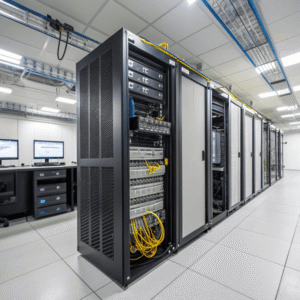
Something that always catches new team members off guard is that, while buildings and cooling systems are expensive, the real money is in the servers themselves. For a facility supporting modern cloud services, the price of the latest, fastest servers outpaces that of the building, electrical, and temperature systems. Here is a breakdown of core costs:
| Part | Typical Share of Cost | Reason |
|---|---|---|
| Servers and Storage | 50-60% | Raw computing, storage power |
| Power & Cooling Systems | 20-30% | Reliable uptime and safety |
| Facility Construction | 10-20% | Shelters and secures hardware |
| Networking Equipment | 5-10% | Keeps data flowing smoothly |
When planning upgrades or new builds, almost all large investments go to acquiring the latest servers. This trend grows as AI and cloud processing demand more powerful, specialized equipment.
What is the biggest factor for a data center?
When running a data center, every choice can feel like a risk, but some decisions have a bigger impact than others, affecting cost, uptime, and long-term survival.
Reliability is the biggest factor in a data center. Ensuring continuous operation[^1]—no matter the hardware or environmental challenges—is the core design principle behind every decision.
[^1]: This link will offer valuable information on maintaining uninterrupted service in data centers, essential for business continuity.
is the biggest factor in a data center. Ensuring continuous operation—no matter the hardware or environmental challenges—is the core design principle behind every decision.
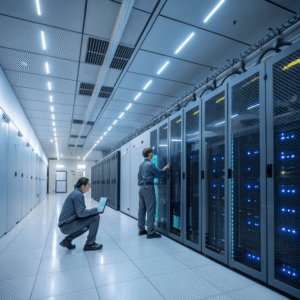
From my experience, no feature mattered more than reliability. Power outages or system failures can cost millions or even shut down client services. Because of this, the whole setup—from redundant power feeds to backup batteries, fire suppression, and even dual cooling paths—focuses on staying online. This is the single biggest challenge, especially as more companies rely on cloud and always-on services. Here’s a simplified list of what factors most for reliability:
Essential Reliability Factors
| Reliability Factor | Details |
|---|---|
| Redundant Power Supply | Backup generators, dual utility feeds |
| Cooling Redundancy | Multiple independent cooling units |
| Network Redundancy | Multiple fiber pathways to the internet |
| Physical Security | Restricted access, surveillance, alarms |
| Regular Maintenance | Scheduled checks, hardware swap routines |
Anything that stops a data center from running can cause downtime, data loss, and major financial losses. So, every design and operations step puts reliability at the front.
Conclusion
Data centers devote most space to racks and servers, spend the most money on IT hardware, use cooling as the biggest energy drain, and focus above all on reliability.

